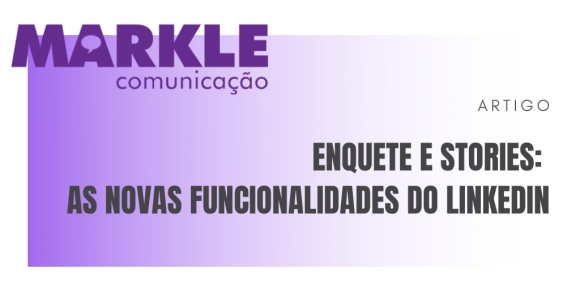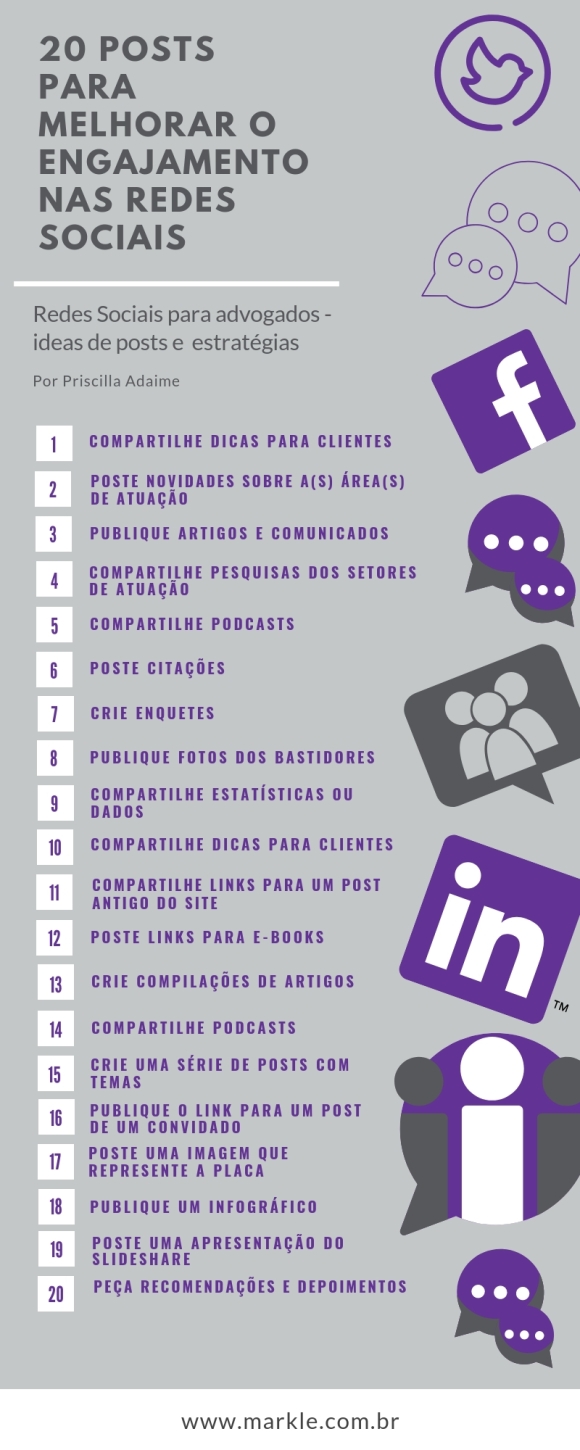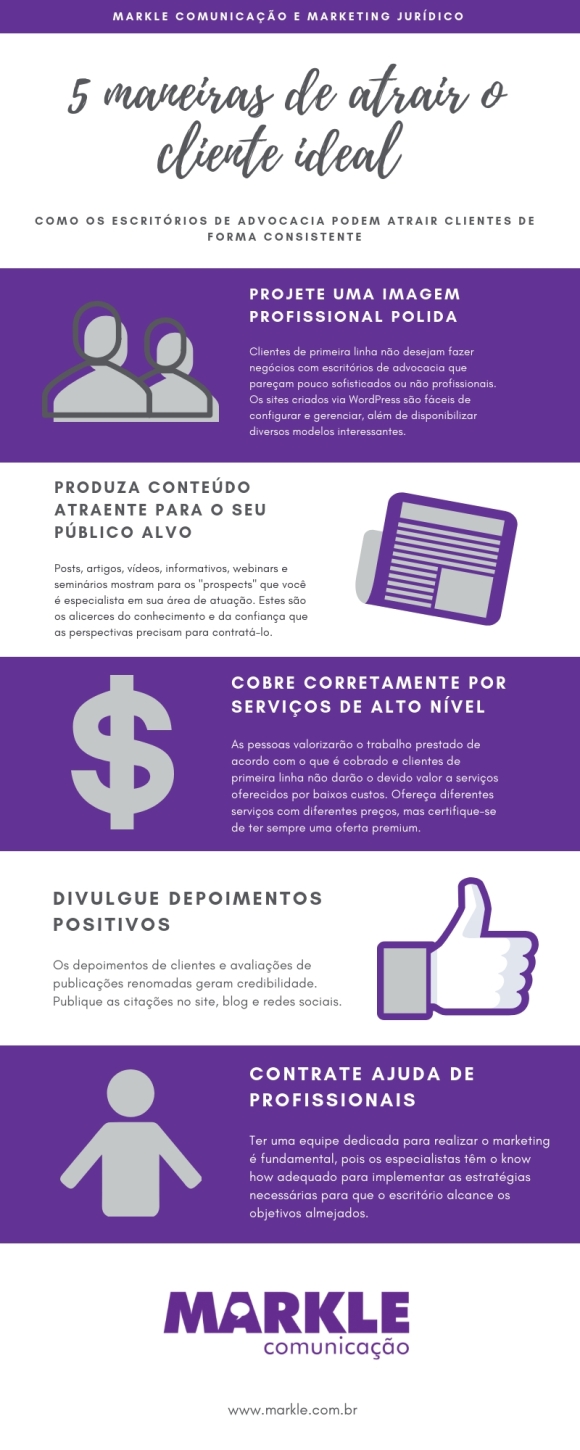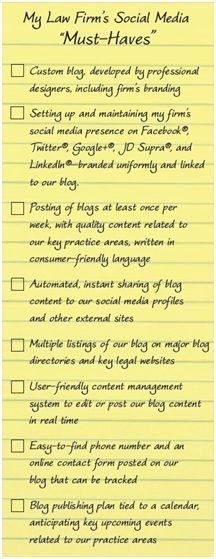ABSTRACT
Most business law firms try to differentiate themselves on client benefits that do not differentiate them from the competition. “Positioning” law firms is therefore not the most succesful strategy in the current landscape. Law firms are starting to see the need for branding efforts, although most law firms are locked into a “house of brands” strategy rather than a “branded house” strategy. The author enumerates why more efforts should go to branding law firms through media exposure.
*********************************************************************
The positioning strategy
Many managing partners at business law firms today are faced with the difficult question of how to market their firm effectively. After all, most top tier firms offer the same range of services, at more or less the same internationally accepted price points. The in house talent is perceived as superior to that of competing law firms, but then again marketing is not always about delivering superior quality. It is about convincing prospects and clients of the superior quality that is on offer.
On top of that, the business law firm market has been in a state of constant turmoil over the last two decades. Partners have moved in and out of firms, started new firms with old rivals, merged firms with up and coming players. One could forgive clients who think that there shouldn’t be too much different between law firms.
Unfortunately they would be strengthened in this belief when taking a look at the majority of the marketing communication of business law firms. Most, if not all of them try to differentiate themselves on these client benefits (opzoeken):
“technical” know how
business acumen
pragmatism
full service
The overall tone of lawyer marketing communication, either as a result of a clear strategy or the lack of a real strategy, is subdued and careful, as if the foremost principle guiding the communication was: thou shalt not offend.
Sadly little or no differentiation is actually taking place. For the prospect, all these firms look alike. Choosing a law firm (or, on the other end of the spectrum, promoting the law firm) becomes a game of networking, of knowing the right players. In the end, it may happen that a large corporation chooses Firm A for their litigation, Firm B for a merger deal and yet another Firm C for handling their IP.
For the managing partner interested in cross selling services of different departments, this is the fundamental dilemma he is faced with. On the one hand, he wishes all of his partners to enjoy an excellent reputation as a lawyer and a healthy dose of commercial flair. On the other hand, he can feel the vulnerability of the firm in having to rely on the reputation of individuals. Individuals who might decide to join another firm, or start their own firm.
The effects of this lack of clear positioning has far reaching effects on the other type of “clients” that law firms depend on for their sustainability: recruits. A young lawyer will choose a firm on the basis of his specialty, and the name of an individual partner who enjoys a solid reputation in this chosen specialty. Again, the firm is vulnerable here. It will prove impossible to retain top talent if young recruits choose to work for a particular partner rather than a firm, a “brand”.
Branding: the “house of brands” vs. the “branded house”
Brand:
A name, sign or symbol used to identify items or services of the seller(s) and to differentiate them from goods of competitors. (Dictionary of business and management)
In recent years, law firms have begun to understand the need for branding, hence the arrival of the “fantasy” name in law circles like Altius, Elegis, Eubelius and more recently, Lydian. Unfortunately, having a brand is not the same as having brand equity (“a measure of the influence that a brand exerts on the buying behaviour of customers”).
Law firms are still, for the most part, “houses of brands” instead of a “branded houses”. The archetypical house of brands in consumer markets is Procter&Gamble. P&G is relatively unknown to supermarket shoppers, but currently holds 24 billion dollar brands like Tide, Duracell, Gilette, Vicks, Pampers, Pantene etc. No consumer chooses Pampers based on the fact that it is a Procter&Gamble brand. Few consumers even realise that by buying Gilette and Pampers, they are actually buying products from the same company.
Opposed to this is the so called “branded house”, which chooses to sell all its products under the same name, like Nivea. It sells shaving cream, skin lotion, sunscreen, etc. Here, shoppers do choose Nivea products because of the Nivea brand, which has succesfully positioned itself to signify ‘skin care’.
In Belgian law firms, the predominant model is still that of the house of brands, where partners attract clients based on their individual reputation. The name of the firm is of little or no importance to the client.
Partly, this strategy is understandable and even unavoidable: the “house of brands” strategy is especially useful when trying to dominate niche segments of the market, especially in a market as specialised as lawyering. A partner’s name might well be a ‘billion dollar brand’ in his chosen specialty.
But for the managing partner interested in cross selling and in making the tide rise for all the ships, there is a clear need to move towards more of a “branded house” position. This need not be disadvantageous for the individual partners. Consider: a strong niche specialty will, when handled correctly, translate into a stronger firm name or brand. A stronger brand, will attract top talent and retain them better. This in turn will strengthen the other departments. For a successful law firm, a common ground will have to be found between the “branded house” strategy and the “house of brands” strategy. The question is: how?
Branding the law firm through media exposure
One area that is consistently overlooked in the branding efforts of many firms: consistent, strategically embedded media exposure. Sometimes because lawyers are suspicious of journalists or media. Sometimes because they don’t know how to approach media. Sometimes because they misunderstand the needs of media outlets: a ‘radical’ ruling by a judge is met with indifference, while a legal triviality can suddenly appear in bold uppercases on the front pages of newspapers.
And yet it is the experience of the author that media exposure is probably one of the most cost effective means of branding a law firm currently available. Due to the nature of the law firm, it is also ideally suited to make regular appearances in the business and financial press.
Lawyers are experts. Law is difficult, and it changes often. Journalists have too much work to understand and digest all changes themselves – few journalists have a law degree. They need a reliable guide. In return, they will give the guide exposure. They will also invariably mention the firm brand. This status as “expert” will empower both the partner who is mentioned, and the firm. The “expert” status will attract new clients and convince recruits to apply for a position at your firm.
Law firms are confronted with the public interest on a daily basis. Law is (mostly) made on the basis of policy choices, and policy is made for the public interest, “the greater good”. In a way, everytime a lawyer gets involved, some principle of the legal system, the democracy, is being put to a miniature ‘stress test’. The lawyer is in the unique position of seeing our system probed continually for weaknesses and fault lines. These are also matters that the media are naturally interested in.
This does not in any way mean that the firm brand must become a synonym for controversy and conflict. Rather, what should be highlighted in media communication is the ability of lawyers to rise above the “stress test” and make rational and reasonable assessments of the problem, to propose avenues for resolving common types of problems.
This can easily be done because law firms are, above all, centers of learning and expertise. As we said, the goal for the managing partner is to have as many of his partners considered experts by leading journalists. That way, the firm is continually in the news.
CASE: In one case, the author worked together with a lawyer who had done extensive research on rulings in matters of automobile concessions. An article was written and released to coincide with a large automobile trade show. Result: the article was not only picked up by a business newspaper, but the firm was mentioned on the front page. Media exposure is about knowing what to tell, how to tell it, and when to tell it.
Law firms are divided into departments, and so are media. This provides a tactical advantage to the law firm. The fact that a HR lawyer of Firm A appeared in the jobs section of a large business paper, is not likely to dissuade a journalist specialised in mergers and acquisitions to call a lawyer of Firm A the same week to ask his or her opinion on a certain merger. For the media outlet, two specialists gave their opinion on two unrelated matters. For the managing partner, the firm brand was mentioned twice in one week in the same newspaper.
Credit: Kristien Vermoesen (http://www.finnpr.com/node/18)




